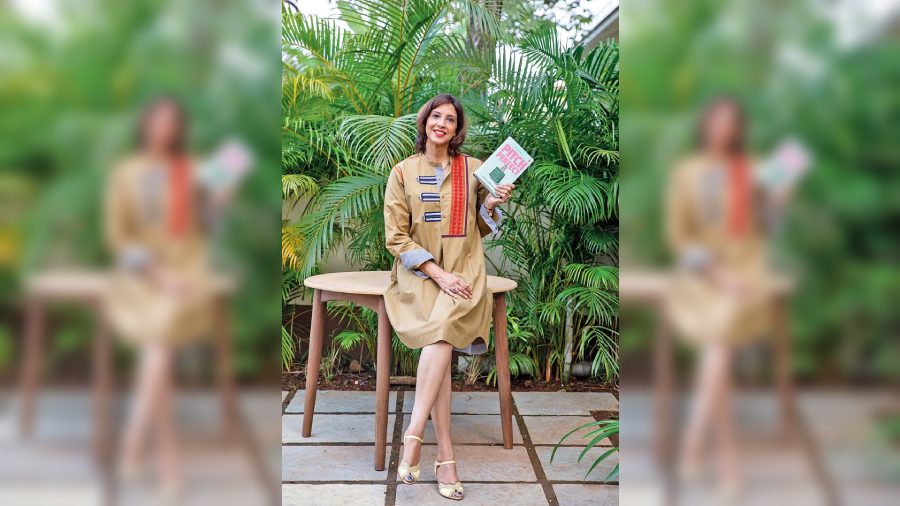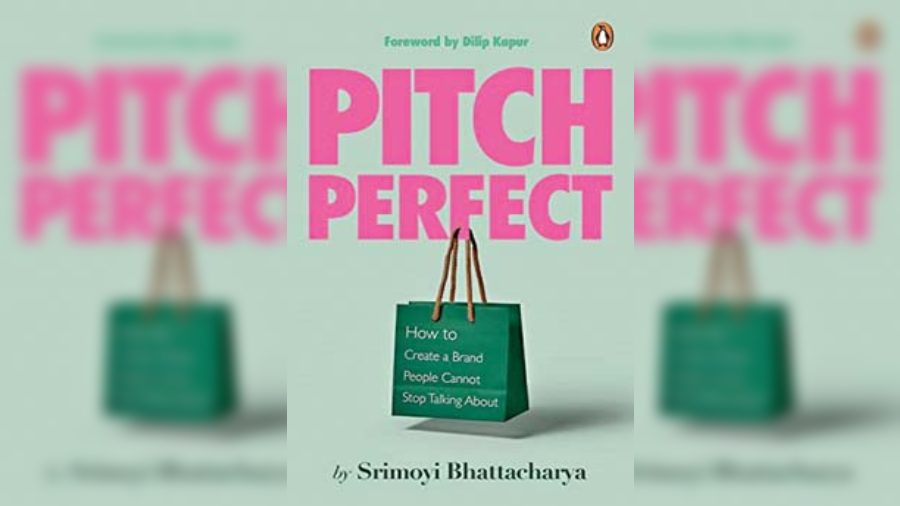Pitch Perfect: How To Create a Brand People Cannot Stop Talking About (Penguin Random House India, Rs 599) reads partly like a memoir and partly like sound advice on navigating the waters in the world of public relations from first-time author and longtime PR professional, Srimoyi Bhattacharya. Essentially conceived as a fun retelling of her experiences in the industry across Paris, New York and India, it doubles as a playbook for anybody starting out on a similar journey and a great behind-the-scenes look at how brand stories are ideated, pitched and told; accented by inputs from the likes of Tarun Tahiliani, Manish Malhotra and Dilip Kapur. In a chat, Srimoyi tell us more.
What led you to write this book?
The idea with the book was to offer advice, share good stories and to essentially be like a friend as you are walking through your brand journey. When I moved to India, two things happened simultaneously — the mushrooming of brands that had tremendous potential and yet didn’t necessarily have all the tools that I had been exposed to. And I found that people were very flummoxed with the marketplace and how to get those tools together. There was a certain notion of PR here to get a brief, create a press release and send that out — and I wanted to change that. So that was the idea — to learn to dig deeper into the brand, into the principles of brand-building, storytelling and public relations. I also felt like our profession was misunderstood. Ten years ago, when clients came to us, people would not quite understand what our role was. I had a double objective with the book — to do a little bit of PR for PR and to empower younger publicists or brands with the tools they might need to build a stronger name.
The pandemic has affected all our lives, our industries and how we approach storytelling too. How did that affect your approach to writing about your profession in the book?
It changed the way of writing this book. I did it with my partner-in-crime, Chinmayee Manjunath, who has edited a number of books and we had excitedly plotted many retreats to go and write together, which became Zoom calls and Google Meets. We met about twice last year. If we didn’t have a 10-year history of collaboration and friendship, I don’t think we would have been able to do this.
The content changed as well. We went from talking about PR in a particular way to talking about pivoting. So it brought another dimension and a level of depth that the book would have had differently, if we hadn’t experienced what we did in the last two years. I am quite proud of the fact that the book shows what pivoting means, to be honest.

Srimoyi Bhattacharya Rushika Radhakrishna Tyabji
Given your experience abroad in the PR industry, what are some of the essential differences with how the industry is perceived in India?
In my opinion, a lot of businesses view PR as a commodity and not as a vehicle to build long-term relationships and therefore, the kind of empowered position that PR enjoys in New York is not really the case here. In my personal opinion, sometimes when I make a compliment, a person would retort saying: “Of course you would say that, you’re in PR.” That tells a lot about how you are perceived — is it phony? Is it always about looking at the optics? But this is not about pointing fingers because it is a fairly nascent profession here, which is not the case abroad. As a business, we are sort of commoditised in India. Maybe there’s something we need to shift in opinion as well as it always goes both ways. So the book also aims to define a little bit of our purview.
What excites you and challenges you about your profession in 2022?
What continues to really excite me the most is a conversation with a new or an old brand and playing doctor with that brand. I really love deep-diving into a brand’s position or story and trying to extract what that brand can solely do. I still have butterflies from the thrill of seeing a story come together, which means that I still love what I am doing after a decent 25 years. What I love about working with a team is that I really believe in reverse mentorship. I have learnt so much from the younger people and because of the nature of new tools and social media — so we are really learning as much from young people as much as we are from our peers.
